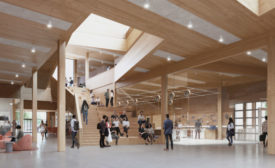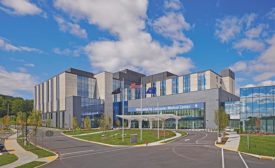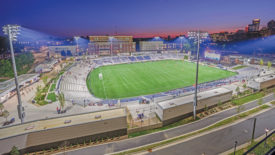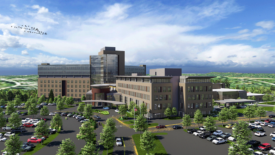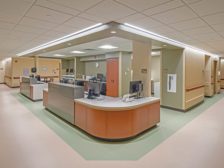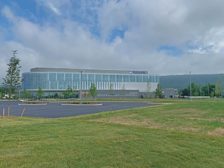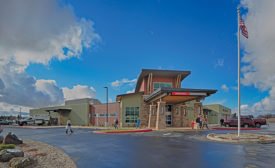Home » Keywords: » Health Care
Items Tagged with 'Health Care'
ARTICLES
2023 Southwest Best Projects
Award of Merit Healthcare: Durango Health Center
October 30, 2023
2023 MidAtlantic Best Projects
Award of Merit Health Care: Penn State Health - Lancaster Medical Center
October 16, 2023
Top Contractors | ENR Southeast Contractor of the Year
Barton Malow Takes Prime Position in 2022
ENR Southeast’s Contractor of the Year uses diverse expertise and a revised corporate strategy to propel it to new heights
Read More
Best Projects
Award of Merit Health Care: Meritus Health 2 South - Regional Infection Containment Wing
October 13, 2021
The latest news and information
#1 Source for Construction News, Data, Rankings, Analysis, and Commentary
JOIN ENR UNLIMITEDCopyright ©2024. All Rights Reserved BNP Media.
Design, CMS, Hosting & Web Development :: ePublishing
